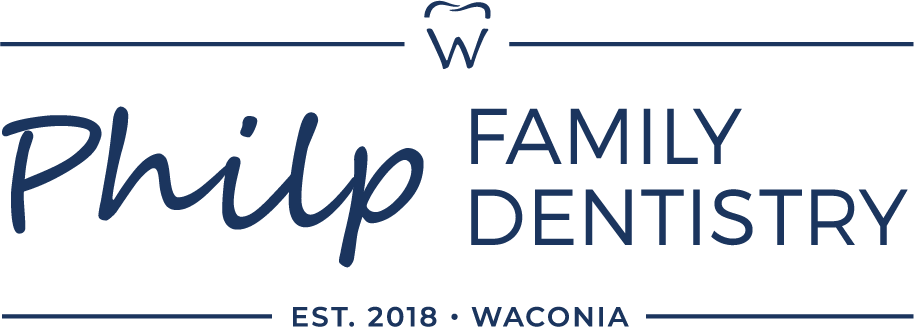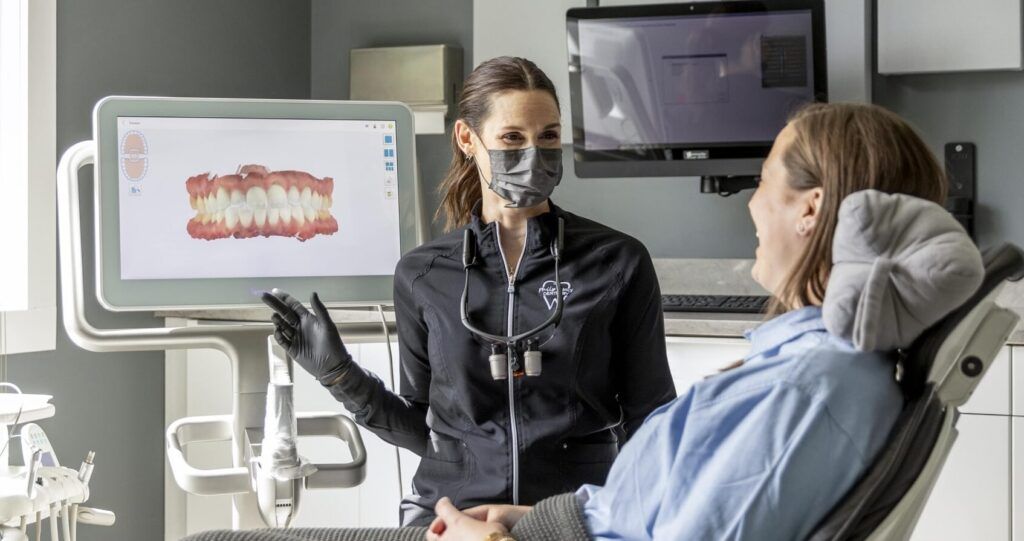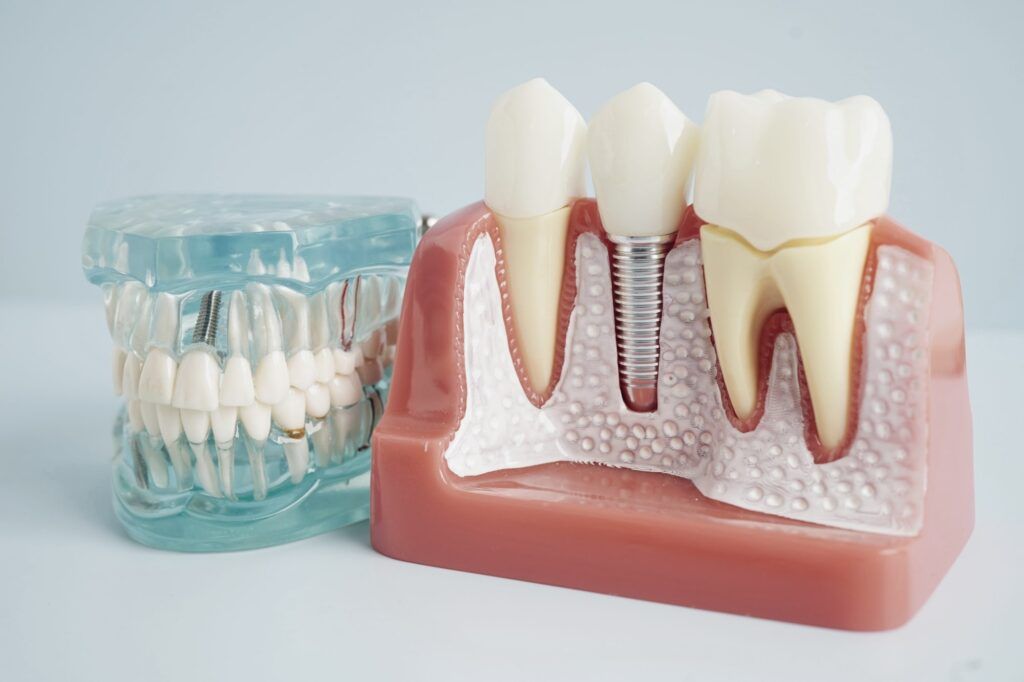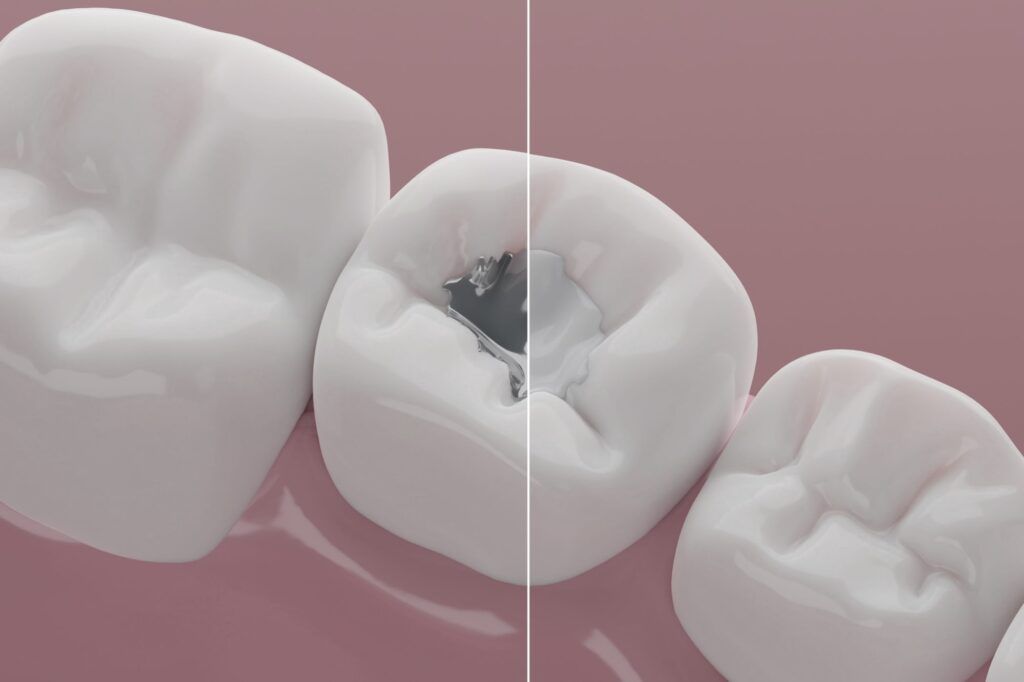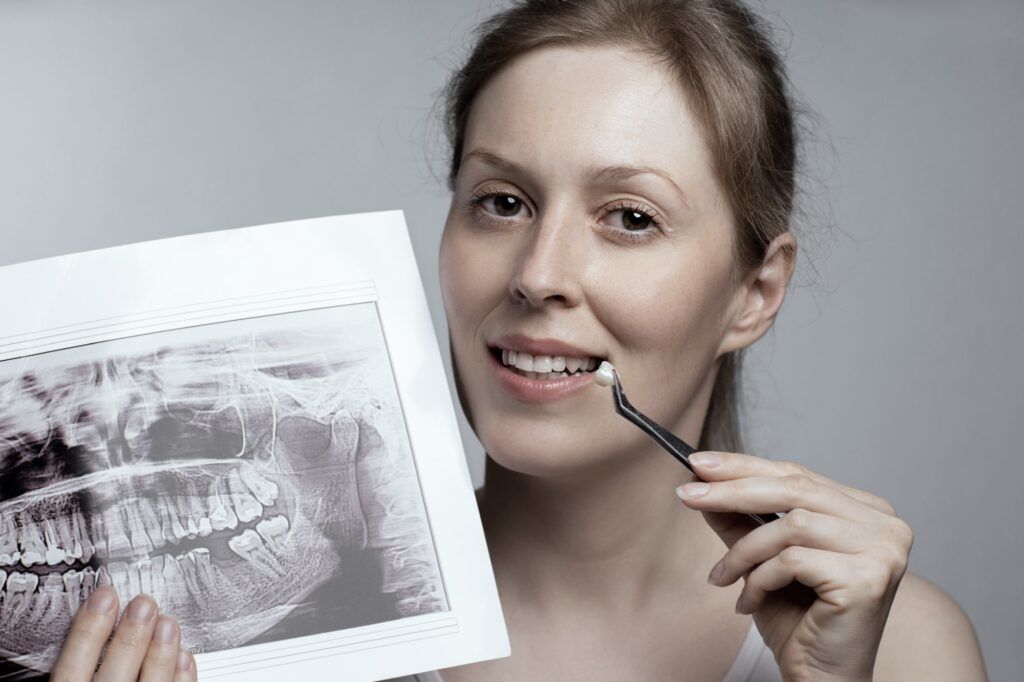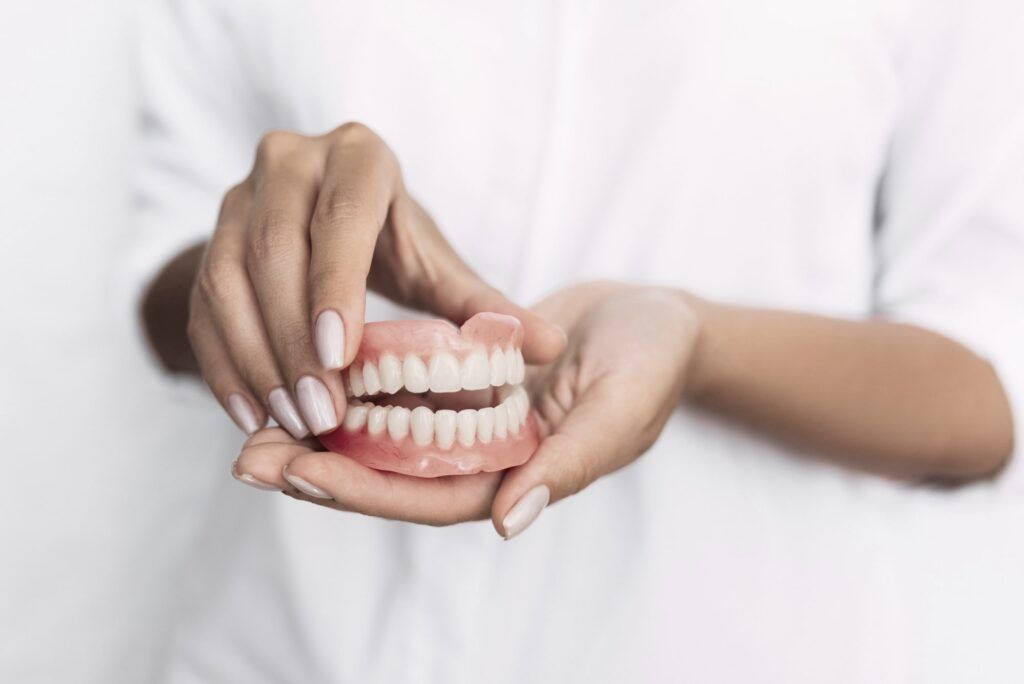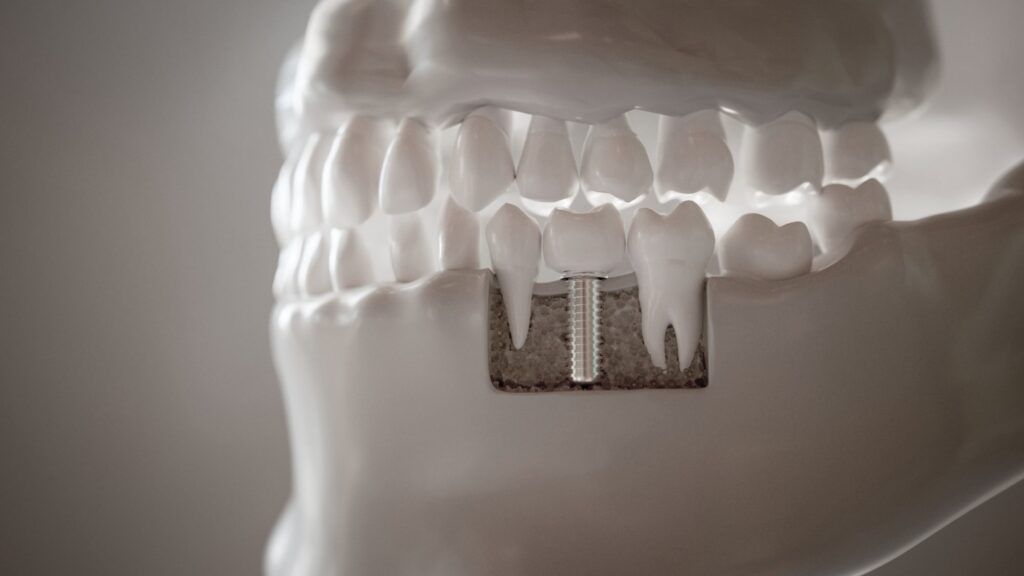Medical technology has been advancing at a breakneck pace for the past several decades, and dentistry hasn’t been left behind. Dental professionals are constantly looking for the newest forms of treatments and technology that will aid in providing their patients with the best possible care, and we’re going to introduce you to some of the newest advancements that have been made.
Digital X-Rays
Digital x-rays are a more streamlined way of taking dental radiographs. Like traditional x-rays, digital versions provide an in-depth view of the structures of the mouth, helping dentists detect complications and develop effective modes of treatment. Digital x-rays are capable of revealing hidden caries, bone erosion, and even tooth decay hiding beneath restorations.
Requiring less radiation and no film to process, digital x-rays have become the standard for oral imaging. These systems produce instant digital images that can easily be enhanced and enlarged for a more accurate diagnosis. The images are captured, stored, and even transmitted via in-office computers. In fact, dentists can easily print or email copies of x-rays in just seconds.
Dental x-rays make for a better and more efficient patient experience. Office visits are faster, patients are exposed to less radiation, and radiographs can be sent to a specialist for review in a fraction of the time necessary for traditional film x-rays.
A common concern of patients is the amount of radiation they’re exposed to during a dental exam. The newest forms of imaging technology employ digital x-rays, which not only employs 90% less radiation than traditional x-rays but provides viewable films to the dental staff immediately. These images are able to be zoomed in on for highly accurate assessments of dental health.
Dental X-Rays
For years, dental x-rays have been used to diagnose oral health complications and detect decaying or damaged teeth. X-rays provide a unique view of the mouth that isn’t possible with a visual exam alone. When x-rays are taken, the teeth and bones absorb the majority of the ray, making them highly visible on film or on a screen. Nearly all new dental patients are x-rayed, although you may instead request that previous x-rays be transferred from another dental provider to your new dentist. By comparing your x-rays with your full mouth examination and dental history, your dentist can prescribe effective treatment and recommend a plan for preventative care.
Did you know…
that dental x-rays deliver very low levels of radiation and are considered completely safe? In fact, x-rays are even considered safe during pregnancy and while breastfeeding so long as a leaded apron and collar are used to protect your body from exposure. If you are pregnant or think you may be, tell your dentist so proper precautions can be taken.
Frequently Asked Questions
Should I get dental x-rays?
Yes. Dental x-rays are capable of identifying tooth decay and damage beneath the surface of the teeth where caries are less visible during an examination. Furthermore, x-rays provide a reference point for the progression of decay in your mouth over time. You should have x-rays taken on a regular basis, but especially if you are experiencing oral health complications or are planning to undergo a dental procedure, such as a root canal.
What should I expect when I get dental x-rays?
Getting traditional dental x-rays can take several minutes. A thick paper tab is placed into the mouth, which you will be asked to bite down on. Most patients find that dental x-rays are completely painless and do not inflict any level of discomfort. In some cases, dentists intraoral x-rays, as well as extra-oral x-rays that snap images of the face, jaw and skull. Extra-oral x-rays are typically used to identify impacted teeth, such as wisdom teeth.
What happens after my dentist has taken x-rays?
Your x-rays will be saved either on film or digitally. In the future, your dentist may request additional dental x-rays every few years to monitor the health of your teeth, gums and jaw over time. If you are considered to be high risk for oral disease or are exhibiting symptoms of complications, your dentist may prefer to take x-rays more frequently.
Intraoral Camera
This tool employs a special camera that provides well-defined and precise images of places difficult to see in a patient’s mouth with traditional imaging. Just one more tool to aid your dentist in a thorough and accurate assessment of your dental condition.
These are just some of the technologies that have been brought into common use in recent years in our dental offices. Every year we keep an eye out for new methods of treating our patient’s dental concerns by improving visibility, reducing discomfort, and aiding us in providing complete and thorough assessments. If you have any questions about the technology your dentist is using in your exams, don’t hesitate to ask! Curious patients are educated patients, and we love to encourage our patients to be knowledgeable about their dental care.
Microetcher
It can be used to remove stain from teeth.
Invisalign
Dr. Philp may recommend Invisalign as an option for improved tooth alignment for adolescents and adults. If you are a candidate for Invisalign, Dr. Philp typically refers to an Orthodontist, a dental specialist who is an expert in tooth movement, to ensure the most efficient results.
Dental Implants
Traditional dentures are often ill-fitting, uncomfortable, and prone to embarrassing mishaps like slippage. Modern dental implants provide prosthetic teeth that are nearly indistinguishable from normal teeth and are long-lasting.
